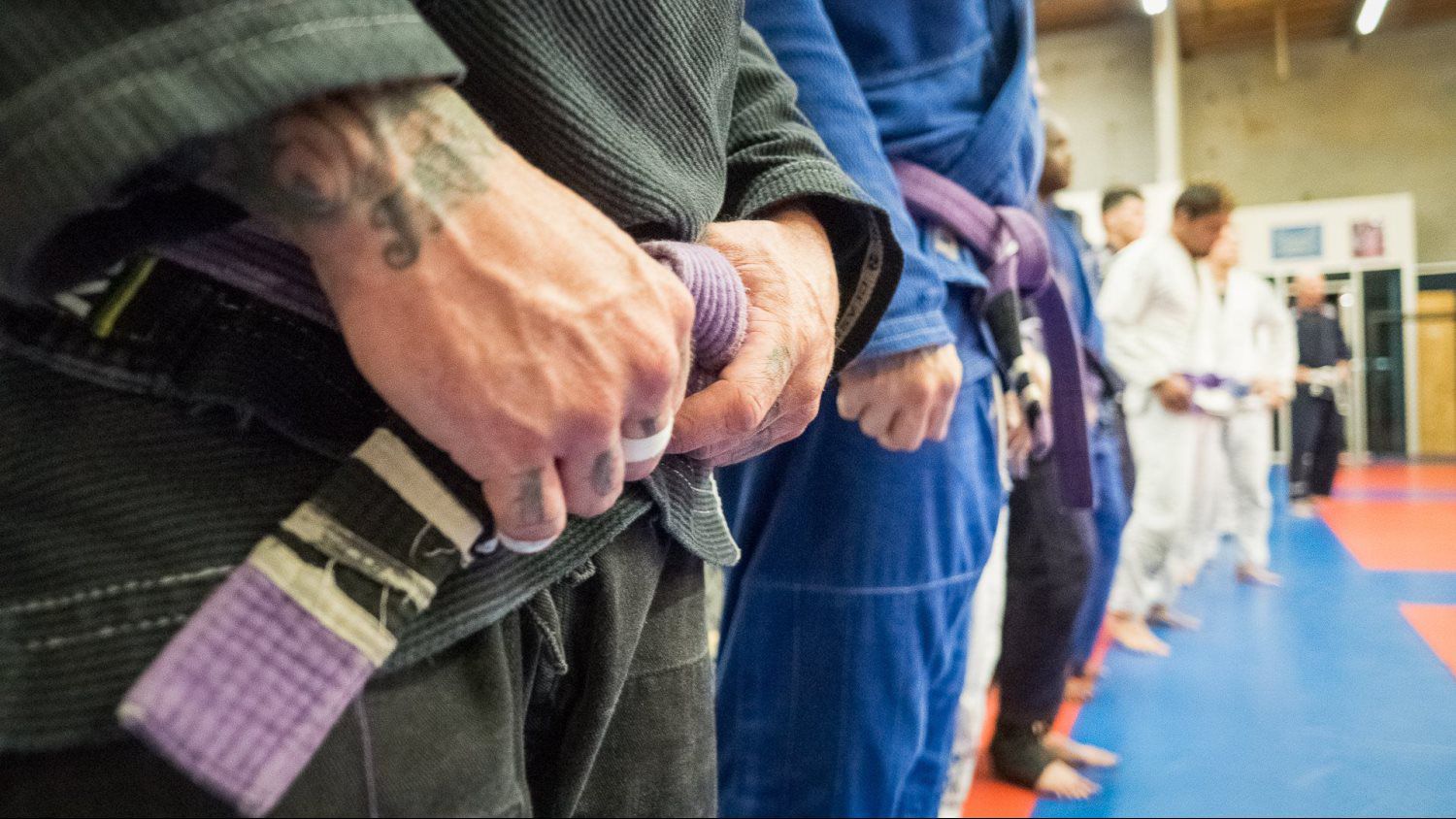Kenpo History
Due to the scarcity of authentic written records, the exact origin of the Martial Arts is obscure. Most historians agree some form of Martial Arts was practiced in China as early as 1000 B.C. In dealing with Ancient Martial Art history we must rely partially on legend, keeping in mind that legends, however exaggerated, have some basis in fact. Our most reliable information comes to us from Buddhist inspired Martial Arts such as those practiced at the Shaolin Temples. Records indicate that Bodhidharma, an Indian priest, traveled from India to China sometime around 525 A.D. His purpose was to transmit the discipline of Zen to China and integrate those ideas with the existing Buddhist Doctrines.
Bodhidharma, the 28th descendant of the original Buddha, became Abbot of the Shaolin Temple in Honan province shortly after his arrival in China. Legend tells us that when he arrived at the Temple he found the monks to be in a state of physical decay and unable to withstand the prolonged periods of meditation which were essential to the practice of Zen Buddhism. In an attempt to improve the physical condition of the monks, Bodhidharrna instituted a series of 18 exercises similar in nature to Hatha Yoga. The exact nature of the "18 Hands of the Lo Han," as the exercises were called, is unknown. We do know, however, that they consisted of breathing, stretching, bending and reaching. These exercises apparently were the catalyst for the creation of other physical disciplines used to further the spiritual development of the Zen Buddhists. Prior to Bodhidharma's arrival, meditation was practiced as a purely mental discipline. Afterwards, it became much more successful as a combination of physical and mental disciplines, keeping with the doctrine of Yin and Yang.
Bodhidharma probably never intended his exercises to take on a martial attitude, and they did not until several hundred years after his death. The reason for this new attitude was probably attributable to political unrest, together with increased lawlessness. In any event, the next appreciable contribution occurred in the 18th century, when a Shaolin monk called Ch'ueh Vuen expanded the original 18 exercises to 72 and began practicing them as a self-defense art. Later he left the temple and traveled extensively throughout China in search of other Martial Arts masters to confer with. Ch'ueh Vuen probably obtained techniques and ideas from many different sources. We know that he met two masters, one named Fong and an old man named Li Shao. Together, the three men returned to the Shoalin Temple and expanded the 72 movements into 170 and categorized them into five distinct styles: Tiger, Dragon, Crane, Serpent and Leopard. The three men also advanced a set of moral and ethical principles to govern their practice. These five styles formed the basis of the art of Shaolin Chu'an Fa, also known as the "Five Forms Fist." Later, other styles were added.
Many stories relate to the training procedures at the temple, which were apparently quite severe. In order to attain Priesthood, one had to undergo a series of deadly tests ending with the moving of a heavy metal urn filled with red hot coals. Carved into two sides of the urn were reproductions of a tiger and a dragon. In order to move the urn the disciple was required to hug the hot urn with his forearms, lift it and move it, leaving his arms branded with the tiger and the dragon, the marks of the Shaolin priest.
For many years the Shaolin fighting arts were practiced in utmost secrecy. Masters were afraid that the techniques would fall into hands that would use the potentially deadly art for purposes other than what was originally intended. Many factors contributed to the eventual spread of the Martial Arts. Buddhist missionaries to Japan, Korea and Indonesia took their arts with them. Students sometimes left the temple prematurely and passed on what knowledge they had. But the main factor was the ruthless domination of the Manchu Emperor. Secret societies were formed for the purpose of restoring the Ming Dynasty to power and overthrowing the Barbarian Manchus. Most Chan Buddhists were anti-Manchu and many temples were training grounds for pro-Ming revolutionaries. On several occasions the Manchus destroyed temples in an effort to stomp out resistance. Fleeing monks undoubtedly carried many secrets with them, which were eventually spread all over China.
Modern Martial Arts History is much easier to follow. During the 18th century China and Japan were engaged in trade both material and cultural. At that time a senior member of the Mitose Clan of Japan traveled to China to study the Martial Arts at the Shoalin Temple where he remained for many years. Upon his return to Japan he introduced the Art of Chu'an Fa which he called Kenpo (Japanese for "Way of the Fist").
The art was practiced and passed down in the Mitose line until James Mitose, who lived in Hawaii in 1940, began teaching publicly. One of his students, William Chow, who also studied Martial Arts from his own family, took over teaching the classes. Chow In turn taught a young Hawaiian named Edmund Parker, who eventually developed Kenpo into the art we know and practice today.
Sifu Jeff Schroder head instructor and owner of Austin Kenpo Karate. Sifu Schroder continues to develop the skilled and knowledgeable students for which Kenpo Karate is synonymous, and in 2000,established the Chinese Kenpo Karate Association.
This outline is merely an introduction to the history and development of the art. Serious students should seek to further their knowledge of the subject through individual research.
Read More:
THE LINEAGE OF AUSTIN KENPO KARATE

